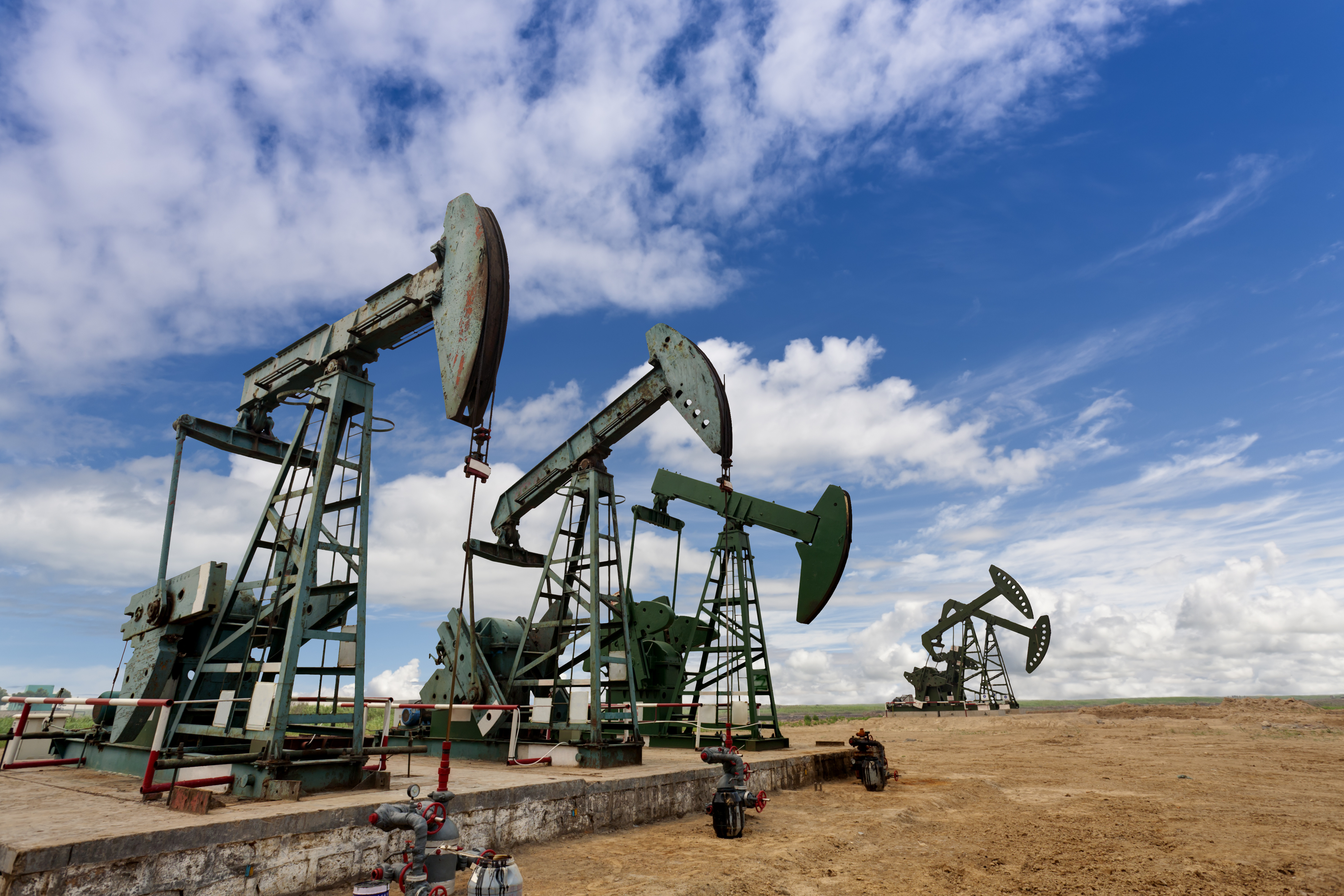
In 2020, the oil and gas upstream sector dramatically shifted to a self-preservation and survival mode. The impact of COVID-19 shattered crude oil prices to all-time lows in March 2020 followed by a sudden slump in global crude oil demand distressed all upstream stakeholders. It translated into drastic CAPEX reductions (especially in exploration), a postponement of M&A deals and new financing, and a widespread renegotiation of contracts and agreements.
What will 2021 look like for oil and gas operators and oilfield service companies? ADI Analytics has identified several key themes to look for in the new year.
Modest recovery in oil demand relative to 2020
Worldwide oil demand averaged ~91.7 million BPD (MMBPD) in 2020, which was a decline of 8.4 MMBPD over 2019. Going forward, we expect oil demand to average ~95 MMBPD in the first quarter of 2021 assuming demand for gasoline and diesel return to pre-COVID-19 levels and delays persist with jet fuel demand recovery.
Supply support will confirm with modest increases in U.S. and OPEC
On the supply side, U.S. crude oil production averaged ~11.3 MMBPD in 2020 and we expect 2021 production volumes to average ~11.2 MMBPD, down just 0.1 MMBPD from 2020 as a result of declining drilling activity given low oil prices. Market conditions have improved for U.S. shale as oil prices have moved into a range where output is likely to recover at a higher-than-expected rate in 2H21.
Some of this will be offset with new limits from the Biden Administration
Globally, the Organization of the Petroleum Exporting Countries (OPEC) and their partners have agreed to only gradual increases in crude output to prevent another protracted slide in the oil price. OPEC and its allies made several cuts to oil production in 2020 to support prices. OPEC+ initially agreed to cut output by 9.7 million bpd in March 2020 before easing cuts to 7.7 million BPD in the second half of 2020, and eventually scaling back further to 7.2 million BPD from January 2021.
U.S. production of dry natural gas averaged 90.8 billion cubic feet per day (bcfd) in 2020, down 2.5% from 2019. Natural gas production fell in 2020 due to low natural gas and oil prices that reduced drilling activity and associated gas output. Natural gas production will decline again in 2021 to an annual average of 88.2 bcfd.
U.S. natural gas consumption will decrease by 2.8% in 2021 and then decrease by 2.1% in 2022. Going forward, higher prices for natural gas (compared to coal prices) for power generation and rising electricity generation capacity from renewables will likely cause the power sector's natural gas consumption to decline in 2021.
Associated natural gas production from oil-directed wells in the Permian Basin will fall because of lower West Texas Intermediate crude oil prices and reduced drilling activity in the first quarter of 2021. Exceptionally mild weather is always a wildcard but, should overall demand outpace production, we expect supplies to dwindle and force prices upward.
M&A and deal activity may see some growth in 2021 albeit from a very low level.
In the first quarter of 2020, upstream oil and gas deals stalled as balance sheet resiliency and cash flow needs became paramount in the downturn for shale operators. With oil price stabilization in the third quarter, deals picked up largely driven by oil-focused, stock-funded, shale consolidation. Upstream consolidation is expected to continue, and we expect consolidation in gas-targeted assets as well in 2021.
Oilfield service (OFS) companies will likely limit deal activity in the near future. OFS deals remain scarce as large service companies scaled back their operations in North America. No major M&A was announced after Liberty's acquisition of Schlumberger's North America onshore hydraulic fracturing business. The difficult investing environment coupled with restricted access to financing has dampened deal making and that appears unlikely to change in the near term.
Current U.S. rig count of 360 is well below the early 2020 levels of 938 rigs. The decline in the U.S. oil and natural gas rig count may have put the metric close to a bottom, and the current price scenario may allow drilling activity to rise again. With low rig counts, the inventory of drilled but uncompleted (DUC) wells serve as a short-term reserve for completions of new wells. Instead of restarting production growth engines, companies will transition more to a maintenance mode in which they will only drill enough new wells to replace the production declines of old wells.
Energy transition and ESG pressures will alter the upstream landscape
As the energy transition to lower carbon solutions accelerates, technology investments and deals will likely be made to support the growth in renewable energy demand. Portfolio recalibration, especially for majors and supermajors, towards net-zero carbon goals could reprioritize portfolio assets leading to possible divestments of underperforming assets. Shell aims to be a net-zero emissions energy company by 2050 largely through the development of renewable power, biofuels, and hydrogen.
Companies have realized the need for structural changes in their functioning. The pressure of ESG is being felt throughout the oil and gas value chain, with upstream facing the most scrutiny for its effect on the environment and midstream for its social impact and governance structure. Several investment banks and even private equity firms have seized upon natural gas flaring and greenhouse gas (GHG) emissions as a reason to minimize their portfolio's exposure to energy. Going forward, we expect companies to proactively invest in decarbonization, carbon capture, and storage projects and will have improved transparency in reporting key metrics pertaining to emissions.
Utkarsh Gupta and Uday Turaga
This article is also available for download as a pdf by completing this form



















